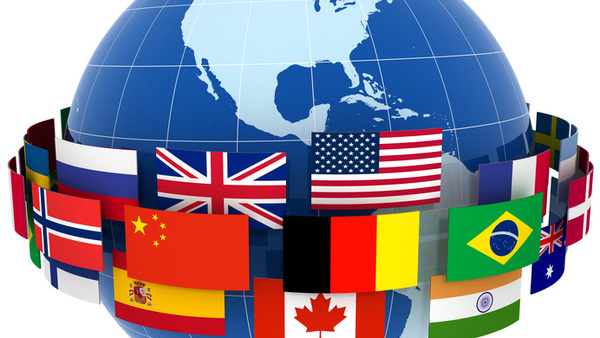
Looking back, 2017 was a year filled with natural disasters — hurricanes, floods, earthquakes and wildfires — as well as man-made risks such as the Manchester terror attack and the Grenfell Tower fire tragedy in the United Kingdom.
As the global economy becomes more intertwined, companies need to know which countries are best for doing business and which ones are the most risky. In addition, if you're already doing business in a particular country, you need to know what risks to anticipate in 2018.
One tool that risk managers can use is the 2018 FM Global Resilience Index, which ranks 130 countries and territories according to their enterprise resilience to disruptive events. It aggregates 12 drivers of resilience into three categories: economic, risk quality and supply chain as follows:
- Economic factors: Productivity (gross domestic product [GDP] per capita), political risk, oil intensity (a measure of a country's vulnerability to changes in oil prices and supply) and urbanization rate.
- Risk quality factors: A country's exposure to natural hazards, the quality of its natural hazard risk management, the quality of its fire risk management and its inherent cyber risk.
- Supply chain factors: Control of corruption, quality of infrastructure, quality of local suppliers and visibility of supply chain across a country.
Inherent cyber risk, urbanization rate and supply chain visibility were added as factors to the 2017 index. The first reflects a country's vulnerability to a cyber attack and its ability to recover. The second evaluates types of infrastructure that would be stressed following a natural disaster. The final driver reflects the ability to track and trace shipments across a country's supply chain.
Recommended For You
Want to continue reading?
Become a Free PropertyCasualty360 Digital Reader
Your access to unlimited PropertyCasualty360 content isn’t changing.
Once you are an ALM digital member, you’ll receive:
- Breaking insurance news and analysis, on-site and via our newsletters and custom alerts
- Weekly Insurance Speak podcast featuring exclusive interviews with industry leaders
- Educational webcasts, white papers, and ebooks from industry thought leaders
- Critical converage of the employee benefits and financial advisory markets on our other ALM sites, BenefitsPRO and ThinkAdvisor
Already have an account? Sign In Now
© 2025 ALM Global, LLC, All Rights Reserved. Request academic re-use from www.copyright.com. All other uses, submit a request to [email protected]. For more information visit Asset & Logo Licensing.








